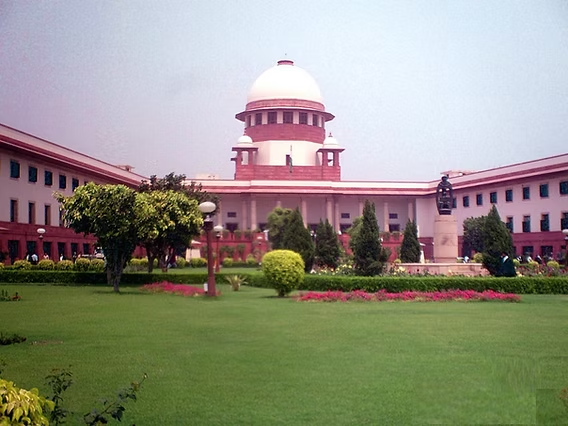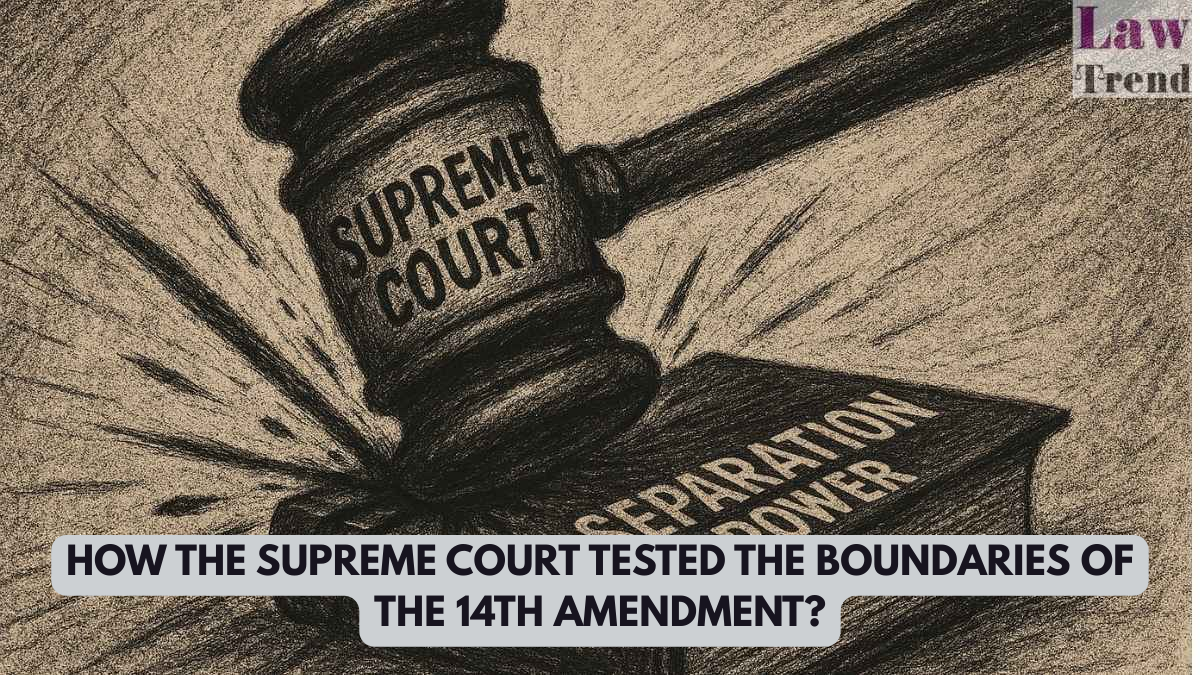The Fourteenth Amendment, ratified in 1868, is one of the most significant provisions of the U.S. Constitution. Known for establishing birthright citizenship and guaranteeing equal protection under the law, its interpretation has been shaped by a long history of landmark rulings by the Supreme Court. Over time, the Court has tested the limits of these rights in cases involving race, immigration, national identity, and bodily autonomy.
Here’s a closer look at how rights and citizenship under the 14th Amendment have been defined—and redefined—by the nation’s highest court.
The Foundation: What the 14th Amendment Says
Section 1 of the 14th Amendment states:
“All persons born or naturalized in the United States, and subject to the jurisdiction thereof, are citizens of the United States…”
It also guarantees “equal protection of the laws” to all persons. These provisions became the cornerstone for numerous legal battles over civil rights and individual liberties.
You can read the full text on Congress.gov.
Key Supreme Court Cases That Shaped 14th Amendment Rights
United States v. Wong Kim Ark (1898)

Wong Kim Ark was born in San Francisco to Chinese parents who were not U.S. citizens. After traveling abroad, he was denied re-entry to the U.S. on the grounds that he was not a citizen.
In a historic decision, the Supreme Court ruled that anyone born on U.S. soil—regardless of their parents’ nationality—is a citizen under the 14th Amendment. This case established birthright citizenship as a constitutional right.
Read the case summary at the Constitution Center
Elk v. Wilkins (1884)
This case involved John Elk, a Native American who left his tribal affiliation and lived among U.S. citizens. He claimed citizenship under the 14th Amendment but was denied the right to vote.
The Court ruled that Native Americans born into tribes were not automatically U.S. citizens. Citizenship was eventually extended to all Native Americans through the Indian Citizenship Act of 1924.
Afroyim v. Rusk (1967)
Beysi Afroyim, a naturalized American citizen, lost his citizenship after voting in an Israeli election. He challenged the government’s authority to revoke his citizenship without his consent.
The Court ruled in his favor, declaring that the government cannot strip citizenship involuntarily. This reinforced the concept that U.S. citizenship, once granted, is a permanent right.
Full case text at Justia
Hernandez v. Texas (1954)
Pete Hernandez, a Mexican-American, was convicted of murder by an all-white jury in Texas. His legal team argued that Mexican-Americans were excluded from jury service, violating the Equal Protection Clause.
In a unanimous decision, the Supreme Court ruled that the 14th Amendment protects all racial and ethnic groups, not just Black and white Americans.
Background from Oyez
Contemporary Challenges to the 14th Amendment
The 21st century has brought new interpretations and political debates around the 14th Amendment.
Debates Over Birthright Citizenship
In recent years, politicians have proposed ending birthright citizenship for children born to undocumented immigrants. These efforts cite immigration concerns but contradict the precedent set by Wong Kim Ark.
Legal scholars argue that eliminating birthright citizenship would require a constitutional amendment—not a change in policy.
More on this from the American Immigration Council
Fetal Personhood and the Equal Protection Clause
After the Supreme Court overturned Roe v. Wade in 2022, some states began exploring whether fetuses could be granted rights under the 14th Amendment. These efforts, known as fetal personhood laws, aim to restrict abortion by classifying unborn children as legal persons.
Legal experts warn that such interpretations could drastically reshape civil rights and medical autonomy in America.
Insightful analysis from The New Yorker
Conclusion

From defining who is a citizen to ensuring equal protection for all, the 14th Amendment remains a living document—subject to interpretation and contestation. The Supreme Court has played a vital role in testing and defending its principles across generations.
As America continues to wrestle with complex issues of identity, equality, and justice, the 14th Amendment will undoubtedly remain central to the national conversation.


